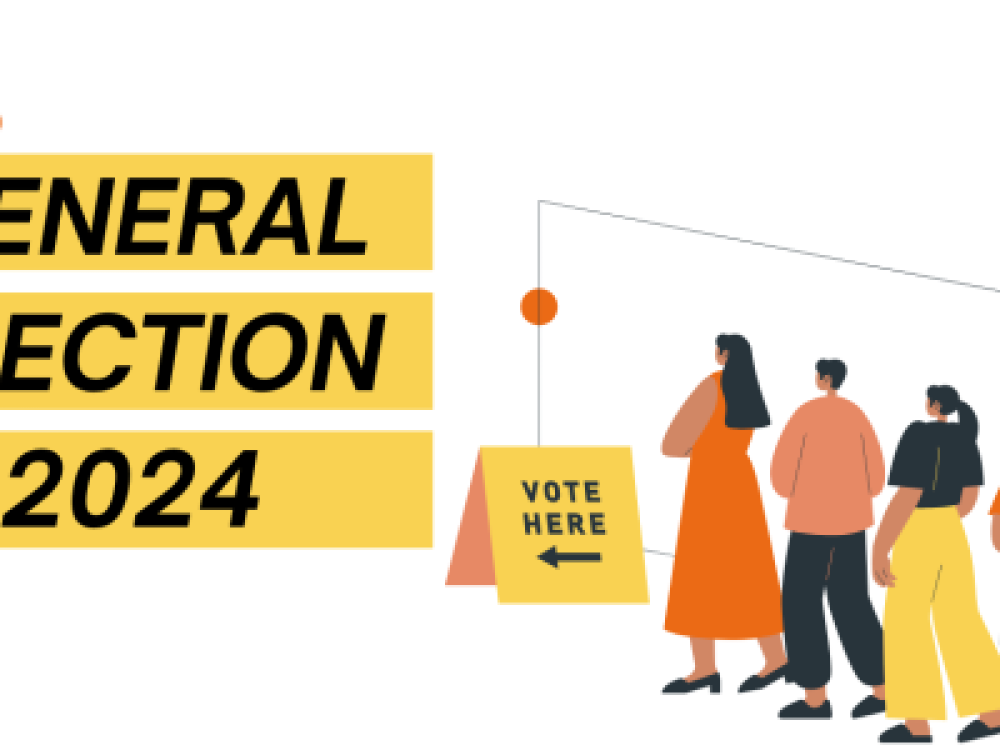Last week the Independent Broadcasters of Ireland (IBI) launched the Television License Fee Report and called for the public service work of independent broadcasters to be officially recognised and funded by the TV License Funds. IBI is an independent body that represents 34 independent radio stations across Ireland including national stations like Newstalk and Today FM as well as regional stations such as LMFM and RedFM. The proposal aims to increase collection rates through the introduction of a broadcast charge and commercial premises tariffs, “a dedicated portion of which should be allocated to fund public service broadcasting on independent radio.”
But in the digital era, should the public service of digital broadcasters be recognised also?
Currently RTÉ, as the official national public broadcaster, takes the majority of the TV License revenue (€178.6m or 54% in 2014) with An Post and TG4 also taking proportionately smaller allocations. RTÉ is a hybrid-PSB system in which revenue is also raised through advertising, which competitors argue gives RTÉ an unfair advantage in the market. Also the tension between the interests of attracting advertisers and the interests of providing a public service mean these systems are always subject to criticisms for potential conflict of interests.
The IBI report also examines the Sound and Vision fund finding that 52% of the total went to RTÉ or TG4 with their 34 members as well as others vying for the reaming 48%. On the topic of licence fee evasion, the report finds that the TV Licence evasion level is high in Ireland and suggests that “obtaining access to the subscriber details of satellite and cable services will assist in identifying evaders.” Increased monies - from less evasion and a new commercial fee - would support funding distribution among both public and independent stations to benefit of audiences in Ireland.
Since 2008 RTÉ has struggled with its finances and only broke even in 2014 after streamlining the services, cutting job and wages. In conflict with the IBI’s ambitions, the state broadcaster has been calling for more certainty from the government regarding its funding for the future.
The IBI report argues that since the deregulation of the Irish broadcast market, RTÉ is not the sole provider of public service information and that on independent radio there are a variety of shows that meet the public service criteria. It says “schedules clearly indicate that programmes classified as either public service, or non-public service, are not exclusive to any single broadcaster.” They point out that under Section 39 of the Broadcasting Act 2009 they are legally required to carry 20% news and current affairs shows, which classify as public service.
The report says that they also have the coverage to match RTÉ with their survey showing that 68% of all radio listened to in July 2015 was independent radio. The Digital News Report Ireland 2015 can also provide some context in this regard. Among radio listeners in a given week, 31% said they used any RTÉ radio, 28% said either Newstalk or Today FM and 26% said any local or regional radio. Combined the independent radio stations are ahead of RTE in reach.
Section four of the report looks more broadly at the broadcast charge and challenges the thinking behind the current set-up. It says “the concept of a TV licence fee has been challenged - and undermined - by changing consumption patterns driven by a new range of viewing platforms and devises. Access to ‘television content’ is no longer reliant on owning a television.” They conclude “Ireland now has a variety of stations producing and transmitting programming that can be classified as public service content.”However this argument opens up a whole other line for inspection. If the position is that PSB is no longer confied to the traditonal definition, then it becomes necessary to examine more broadly where broadcasting takes place.
As well as radio, there are other independent TV stations such as TV3 and UTV Ireland providing content that would meet a redefined ‘public service’ definition.. And currently braodcasting has extended its reach online with the irishtimes.com and independent.ie producing news and current affairs video as well as countless YouTube channels offering similar pubic interest orientated content.
The report states that “changing viewing habits will continue to undermine the licence fee model.” The Digital News Report 2015 finds that 27% of people watch news online, as many as listen to the national radio stations and local. And the global report which has tracked this pattern over time finds it is increasing globally. Online video particularly powerful for news dissemination among younger demographics who predominantly and increasingly are moving away from traditional platforms.
In Section 5 the IBI argue for a change in the model because “the Irish market is now defined by mixed output - public service content and non-public service content - on a variety of different state owned and independent stations.” As a remodel is explored, given the current patterns of usage across all platforms, digital broadcasters would have a strong case for inclusion. And this could help to bolster the IBI’s position as many of radio stations also have popular websites where their archives, podcasts and videos reach beyond the regional restrictions of the radio.
In the coming debate on the TV licence fee it is true that the thinking underpinning the current model is rooted in the legacy media system, and changing habits require a need to re-examine the distribution of the license fee in light of new patterns of use. But it also may become necessary to extend the conceptualisation of broadcasters to include the digital broadcasting.






